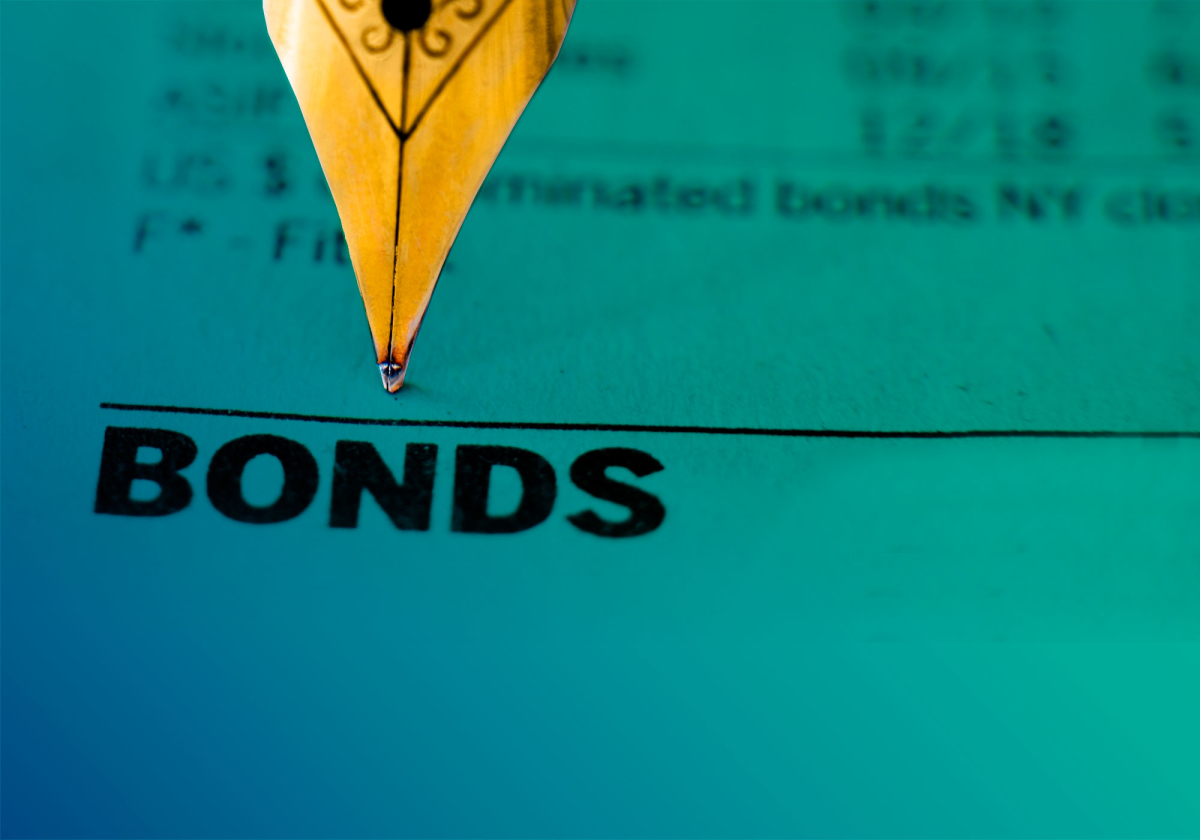A recent survey conducted by the Financial Markets Authority suggests New Zealanders are still very much in the dark about one of the world’s largest financial markets — the bond market. This is despite a majority of assets held in KiwiSaver default schemes being made up of fixed interest assets such as these. So let’s shed some light on the situation.
When trying to grasp a new concept I often find drawing comparisons with something I’m more familiar with helps build my understanding. I’m going to adopt the same strategy here. I hope it works as well for you as it does me.
I’ve chosen the humble term deposit as the closest and most familiar comparable. It may surprise you just how similar the two really are.
In just the same way that you lend your money to the bank when you take out a term deposit, a bond is also a type of loan. But instead of lending your money to just one bank, the bond market allows you to lend to any number of borrowers anywhere in the world. As you might imagine, the list of would-be-borrowers at any one time is huge. They could be companies (that might want to expand their footprint), they could be governments and councils (who need to fund necessary services that taxes can’t currently cover), or they could be specific entities (trying to fund a project such as building a new road, a power plant, or pipeline). The list of potential borrowers is so long I could never cover them all here. But I think you get the picture.
The similarities to a term deposit don’t end there. In return for lending out your money, the borrower pays regular interest amounts and, all going to plan, your money is returned at the end of the term. In much the same way as the bank is obliged to meet this promise to you, borrowers through the bond market also have a similar obligation. They are largely non-negotiable. This makes them far more reliable than say a dividend paid on a share investment which could be cancelled at any point without notice.
Another similarity is that term deposits and bonds both typically have a pre-determined maturity date, or term, assigned to them. Knowing when and how much you are expected to be paid makes the return on these investments far more certain, lowering the associated risk. It is the combination of these characteristics that affords the highest rated bonds their enviable title of safe-haven assets.
Like most investments, not all bonds are created equal though. Our job is to assess the credentials of all these bonds and identify those that will perform best when combined into a portfolio — allowing you to spread your investments out and not put all your eggs into one basket (the bank). The sheer size of the global bond market gives us lots of choice, and the flexibility to mix and match different terms and interest rates of the many different borrowers relative to the risks they present.
Interest rates are at historic lows. So getting the right mix of bonds is important as movements in interest rates can and do influence the value (or price) of bonds — a key difference between them and term deposits as bonds can be sold before maturity and therefore have a tradable price.
So next time you read about bonds, hopefully you will rest easy rather than being shaken or stirred.
